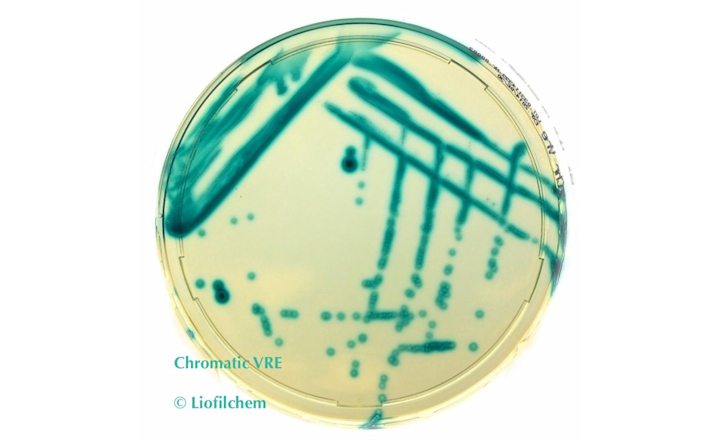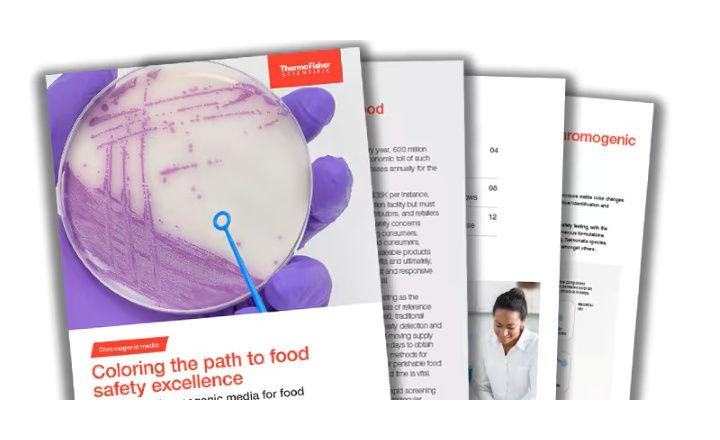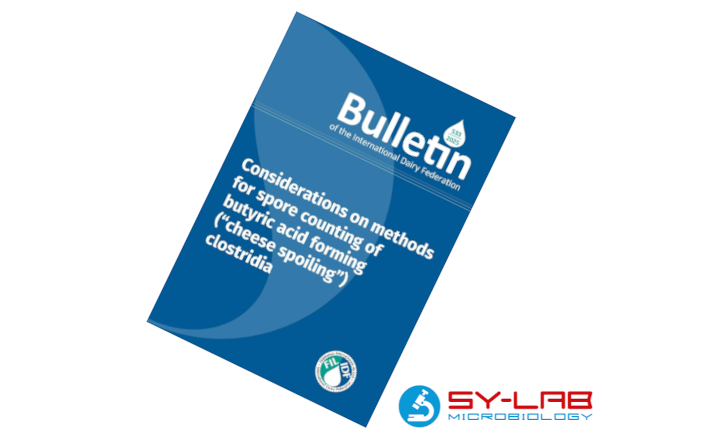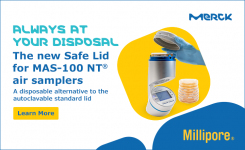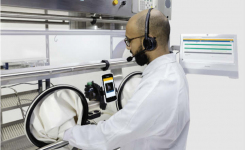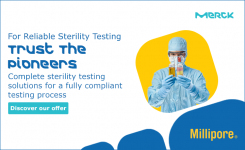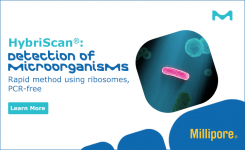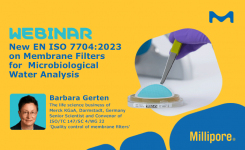While the customary fecal indicator E. coli is not particularly stress-resistant, the opportunistic pathogen Clostridium perfringens can survive some tough treatment and is, therefore, quite a good indicator of possible fecal pollution. C. perfringens produces an extensive range of invasins and exotoxins. Its enterotoxins cause undesirable, mostly meat-associated, food poisoning as well as wound and surgical infections that can lead to gas gangrene.
For detecting C. perfringens, m-CP and TSC agar are recommended. However, there are problems associated with each of these media.
The innovative CP ChromoSelect Agar is more reliable and easier to handle than the m-CP and TSC agars. Its color does not diffuse in the agar and confirmation is not required since the green colony color is specific for C. perfringens. CP ChromoSelect Agar avoids the disadvantages of m-CP agar, including having to use ammonia, so there is no need to subculture any colonies. The too selective nature of m-CP agar and the fading away of the colonies’ red color after the addition of ammonia makes subsequent confirmation impossible. In addition, the recovery of C. perfringens was rejected by ISO in favor of methods based on TSC agar. However, TSC can lead to excessive and variable blackening of the peripheral colonies. CP ChromoSelect Agar does not, so colony counting is easier at lower dilutions and there are fewer false positives than with TSC. It is also more reliable when bacteria counts are high. In such cases, TSC agar can produce false negatives because other enzymatic mechanisms may interfere due to acid production and oxygen contact. TSC also detects all sulphite-reducing clostridia, not only C. perfringens.




